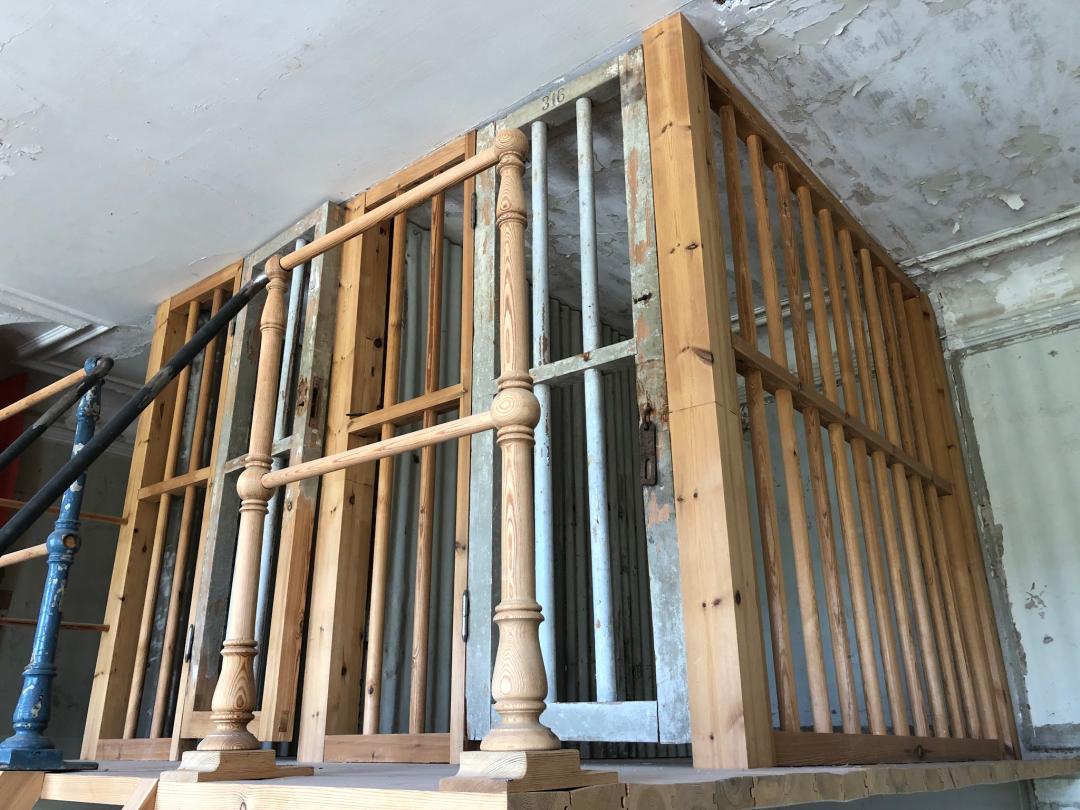Svartsjövägen 2, 179 95 Svartsjö, Sweden
Svartsjö Slott (“Black Lake Castle” in Swedish) has had a remarkable journey through time.
Its story began in the early 14th century when the Kingdom of Sweden was being formed. At the time, there was a stone house here built to withstand enemy assaults. A couple of centuries later, King Gustav Vasa and his sons Erik and Johan rebuilt and reinforced the building. It became a defense installation which for ten years housed the Royal Mint. More importantly, the Vasa family built an impressive Italian-style castle on the site with walls, and towers and a round courtyard. It was a castle like no other in Sweden.

Illustration: Ulf Ragnarsson
The castle was completed in 1580 but burned down in 1687. Only the courtyard's towers and walls remained. When ten years later Stockholm royal castle Tre Kronor was destroyed by fire, stones were taken from Svartsjö to build a new royal palace in the capital, one of the biggest in Europe (https://reveal.world/story/1405 ). After that, there was not much left of the Vasa castle. Its stone foundation is the only reminder that you can find today.

The current palace was built in 1739 as a hunting castle for Queen Ulrika Eleonora. It was inspired by the French palaces, and later became a model for Swedish country mansion architecture.After Queen Ulrika Eleonora’s death the grand days of Svartsjö slott were over and the place has been forgotten for a hundred years.
In 1888 it left the royal hands and three years later became a prison, an alcoholism treatment institution and a workhouse. The location was perfect - there were extensive granite rock deposits in close proximity and the prisoners were put to work at the mines. The palace was transformed: 337 cells were built inside, windows got barred, a wall surrounded the premises. Even at these times the castle saw some notable visitors. For example, artist Nils Rundgren, distant relative of the Minister of Justice Tomas Bodström, was imprisoned here in the 50s according to SVT's genealogy series “Who do you think you are?". The prison walls were gone in 1966, but some reminders of the era remain. Two reconstructed cells can be seen inside the palace. The prison warden house still stands in the palace gardens, as well as several prison personnel houses in the nearby area.


Today the palace looks more or less as it did in the 18th century. It is used as a conference venue and a banquet hall. There is also a nice café.
Sources: Wikipedia, www.trippa.se, https://slottsguiden.info, https://svartsjoslott.com/ , Statens Fastighetsverk
Drottningholm, Sweden
Drottningholm, Sweden
Vallviksvägen 110B, 179 61 Stenhamra, Sweden
Viksundsvägen 60, 179 96 Svartsjö, Sweden